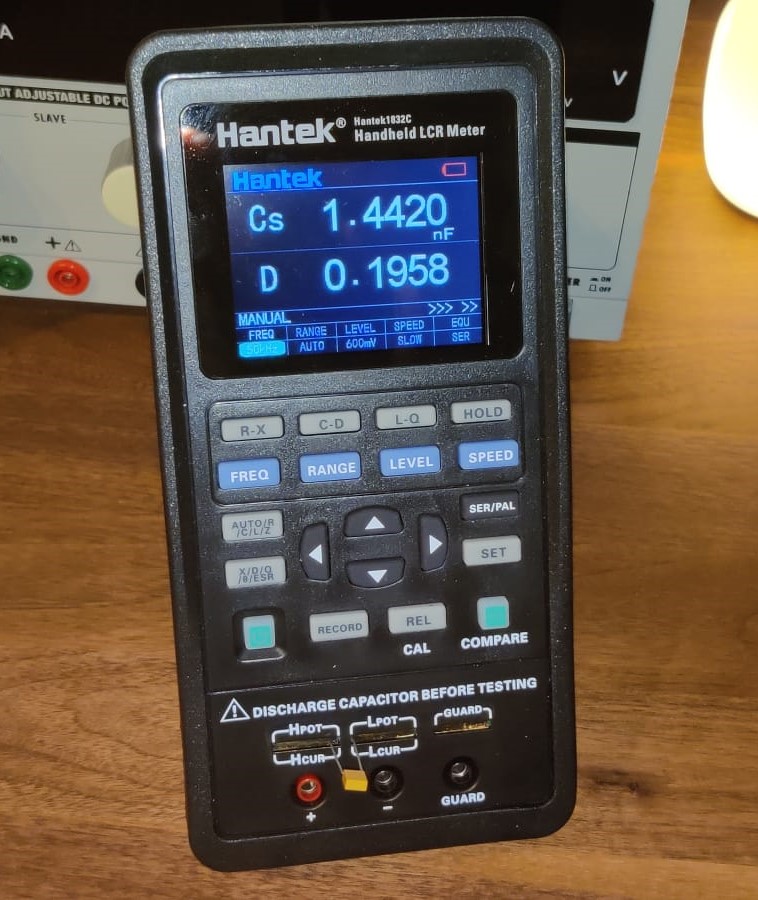Multimeter – Brymen BM867s
I wanted to move free from the table multimeters, as they kept me tethered to my desk while debugging devices. This became very apparent when I had to repair the TV in the living room and resort to my dad’s cheap multimeter. Due to this, the 50,000/500,000 5 4/5 digit multimeter was bought in order to replace the Fluke 45. IT is a nice meter which fulfills all my needs.
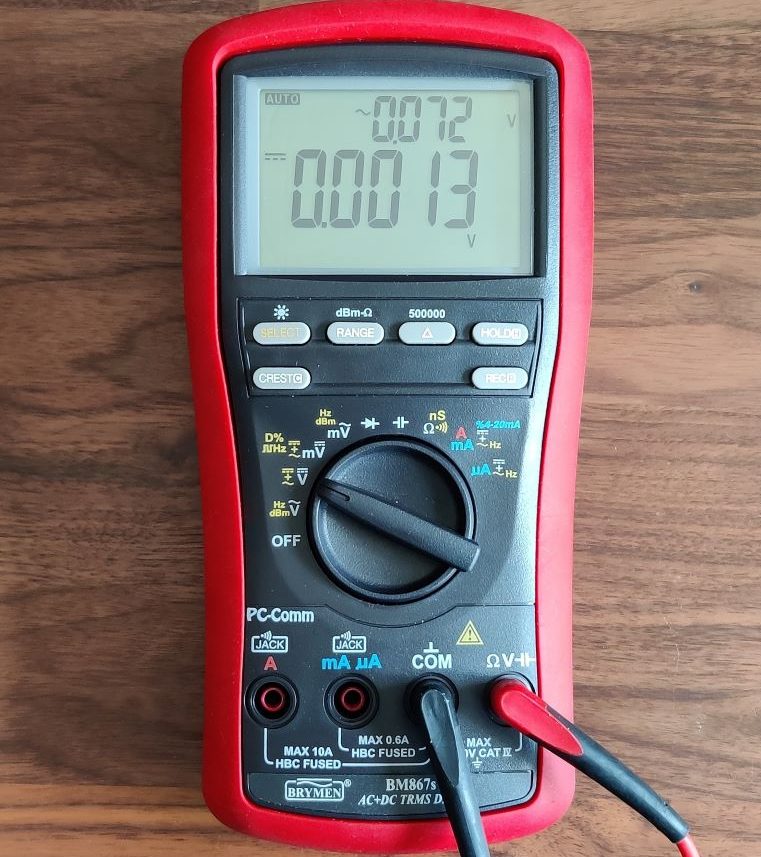
Oscilloscope – Rigol DHO924
An upgrade to the DS1054z with a 250 MHz bandwidth and 1.25 GSamples/s sample rate. A very large improvement over the DS1054z which can be controlled over USB, LXi or over a web interface which works wonderfully. It also supports a logic probe which I designed myself. It has been thoroughly used in my Ultra Wideband project.
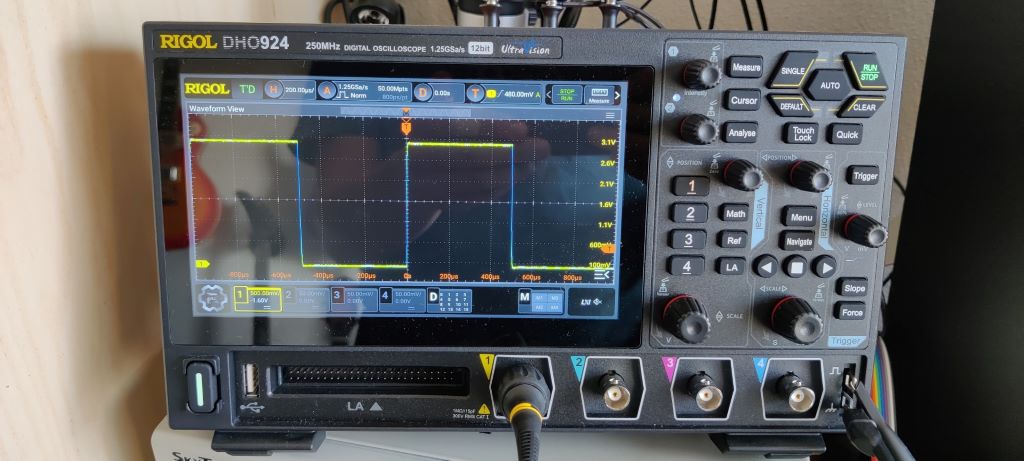
Function generator – UNI-T UTG962E
In order to test functionality, debug or help design circuits I use this particular function generator. It is a 200 MSample/s 60 MHz function generator. It serves my purposes more than well enough. Next to that, it can be controlled using USB.
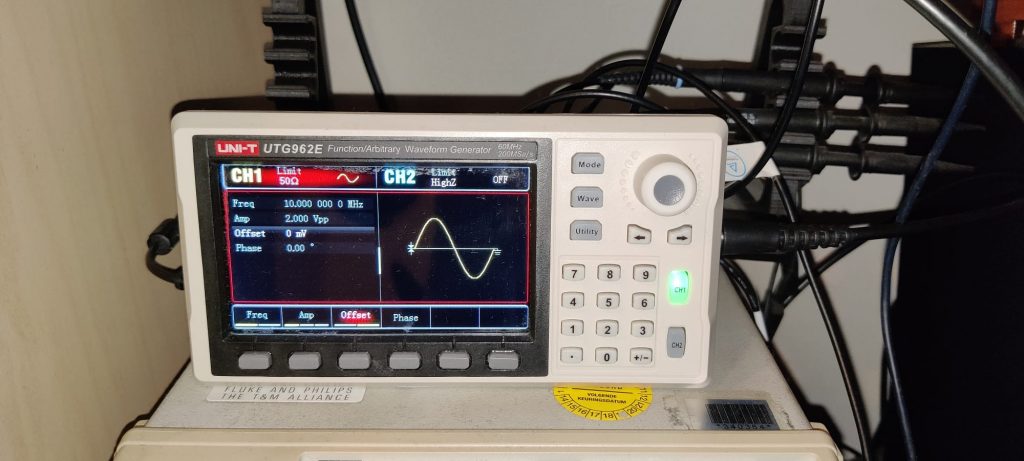
Lab bench power supply – SkyTronic 650.685
This is a triple output power supply of which two rails are adjustable from 0-30 V and 0-3.0 A and the other rail is 3.0 A 5.0 V fixed. the two adjustable rails can be put in series or parallel, which is great for generating large amounts of current or making a symmetrical power supply.

Rack power supply – Delta Elektronika SM330-AR22
This beast of a power supply is capable of delivering 22 A up to a voltage of 165 V and 11 A up to 330 V. It is a single output machine capable of being controlled over LXi and ethernet. It is very advanced and a regular hobbyist like me has no use for such a powerful supply, but as it was being thrown away I happily took it home and found it to be in perfect condition (apart from the button I myself broke).

Network Vector Analyzer – NanoVNA H4
This is a network vector analyzer that is very cheap and capable compared to its bigger brothers. I have not used it that much yet, however it will prove useful once I start working on controlled impedance applications such as antenna design.
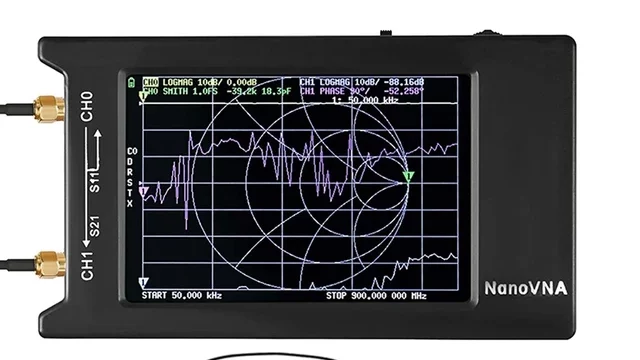
Microscope – Elikliv EDM9
An essential tool for all small rework tasks is a microscope. This microscope is a digital microscope that can be coupled to a PC or can save to an SD card, which can make documentation easier (and it makes cool pictures).

Thermal camera – Topdon TC001
For analyzing defective PCBAs and analyzing thermal behaviour of components under load, the thermal camera is a quintessential tool. For this, I use the Topdon TC001 USB C thermal camera. It has a 256 x 192 IR sensor. It does not produce the most crisp pictures, but it gets the job done and was not too expensive second hand.
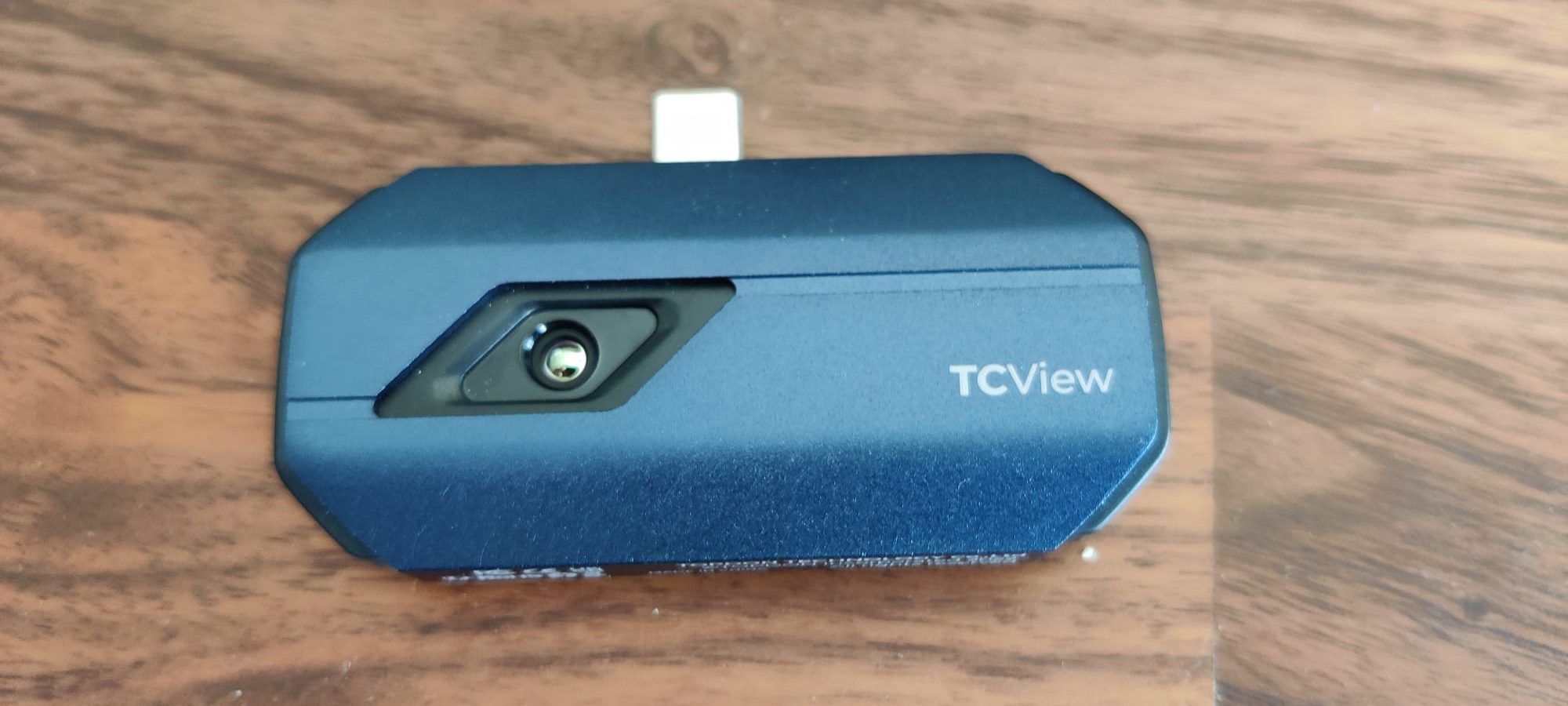
Lab Rubber duck – Frank
This is Frank, the lab rubber duck, he keeps me working and helps me understand stuff.
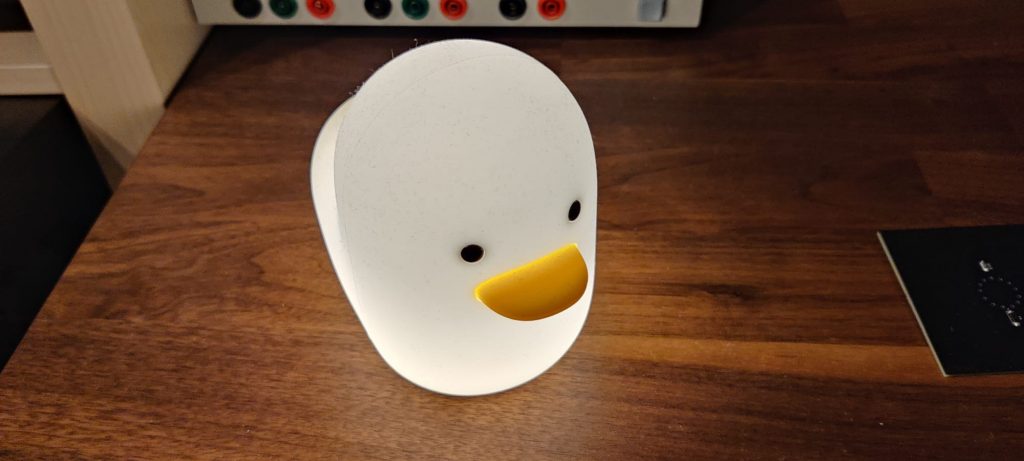
Past equipment
Oscilloscope – Rigol DS1054Z
I used a Rigol DS1054Z for debugging and verifying all my projects. It was originally a 50 MHz 1 GSample/s oscilloscope, but it was upgraded to a 100 MHz oscilloscope. The oscilloscope stood on a 3D-printed riser which holds the probes securely while they are not in use. It could be controlled through LXi or USB, which is nice to automate measurements.
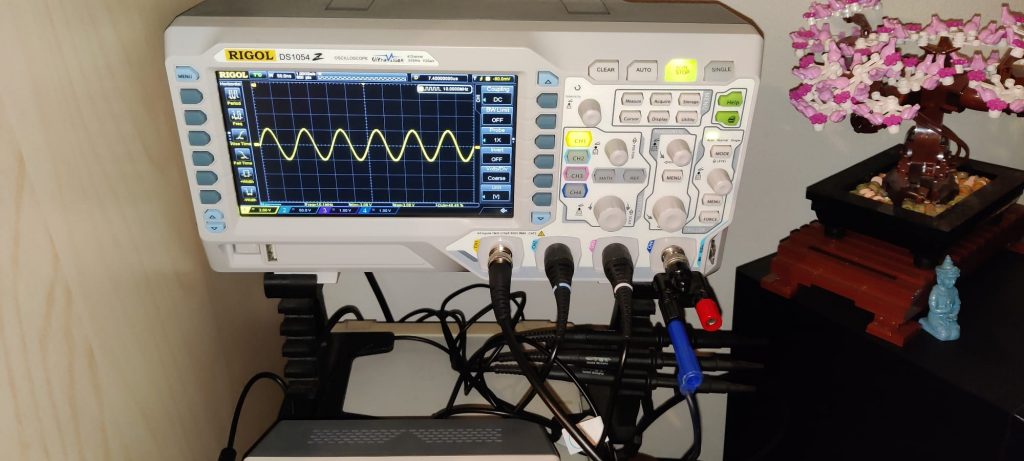
Multimeter – Fluke 45
This particular bit of kit has an odd background story. It was apparantly used as an anvil for an auction and then thrown out. When I found it, the VFD was hanging loose in the housing. The housing itself was severely dented. I had a feeling the machine would not boot up at all, however, I was proven wrong as it was fully functional! I restored the chassis as well as I could and reinstalled the VFD, which left me with this great 100,000 count 5 digit multimeter for free!
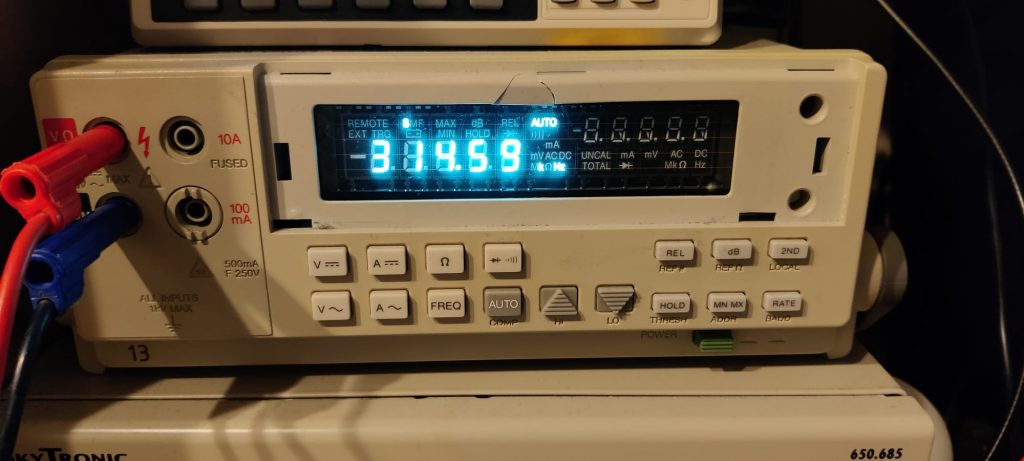
LCR meter – Hantek 1832C
This handheld LCR meter does its job fine for my purposes, which is verifying capacitances and measuring inductances. I know, it doesn’t sound that exciting… But it is a handy tool to have at my disposal for verifying oscillator behavior. This thing is also hackable, just like the oscilloscope. Through SCPI commands, one can set its model number to ‘1833C’ which is the big brother of this LCR. This unlocks all additional measuring capabilities of the LCR after calibration.
